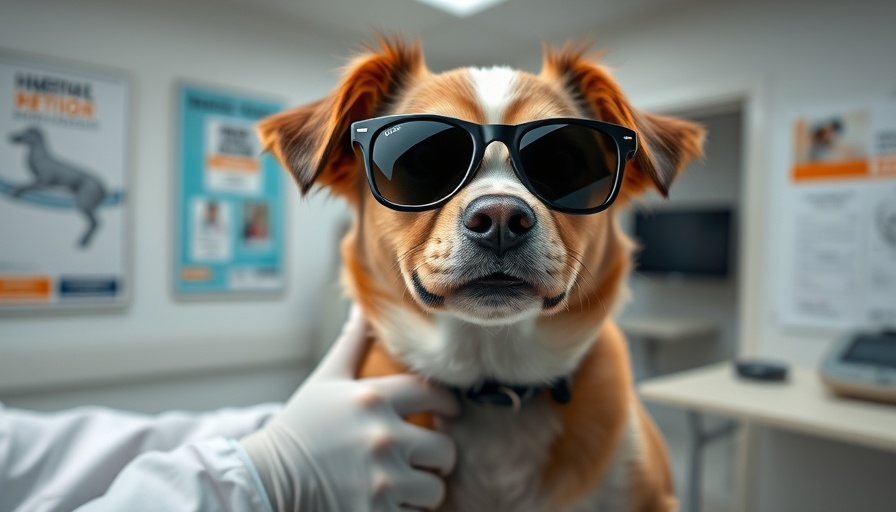
Tackling Stress in the Vet Clinic: Understanding Canine Anxiety
For dog owners, visiting the vet can be synonymous with stress, not just for the pets but also for the owners. The vet clinic lobby, filled with unfamiliar sights and sounds, can evoke anxiety in even the calmest of dogs. It is essential to understand how to recognize and address signs of stress in your canine companions. Many dogs display subtle signs of anxiety, such as pinned ears, a tucked tail, or excessive panting. Being aware of these signs allows pet owners to intervene and make the vet visit more bearable for their furry friends.
Create a Safe, Low-Stress Veterinary Environment
One of the primary challenges during vet visits is the stressful environment of the clinic itself. Both articles emphasize creating a low-stress clinic environment. This can include strategies like arranging waiting area seating to maximize distance between animals, providing soundproofing, and using calming pheromones. Incorporating familiar smells, such as a blanket from home, can also soothe distressed pets. These simple adjustments can lead to a more positive experience and reduce stress levels significantly.
Preparation and Training: The Key to Reducing Anxiety
According to the insights gathered from various sources, preparation is critical for minimizing anxiety during vet visits. Owners can desensitize their pets well in advance by getting them accustomed to the carrier or crate, which should be viewed as a safe space rather than a stressor. Gradual exposure to handling techniques that mimic what veterinarians will do during visits can help your dog feel more at ease when it’s time for the actual examination.
Utilizing Calming Techniques and Products
When anxiety levels rise, having a few calming techniques in your toolkit can make all the difference. Bringing along your dog’s favorite toy or treat can serve as a distraction during the wait. Treats can be used as rewards for calm behavior, reinforcing positive experiences associated with the vet visit. Additionally, discussing calming aid options, like pheromone sprays or natural supplements, with your veterinarian could provide another layer of comfort for your dog without resorting to heavy medications.
Owner's Attitude: The Unseen Influence
Dogs are highly attuned to their owners' emotions. An anxious owner can unintentionally amplify their dog’s stress, which is why projecting calmness and confidence is vital. Simple techniques, such as taking deep breaths or practicing calm behaviors before entering the clinic, can significantly impact your dog's emotional state.
Recognizing Your Dog’s Limits and Fostering Familiarity
Understanding your dog’s comfort levels is essential when navigating vet visits. Pushing an anxious animal into stressful situations might lead to further anxiety complications later. Regular, non-emergency check-ups can desensitize your dog to the veterinary environment, making routine visits much easier.
Conclusion: Making Vet Visits Positive Experiences
Transforming vet visits from a daunting task into a manageable routine involves preparation, a calming atmosphere, and the right approach to anxiety techniques. By utilizing these strategies, dog owners can ensure that their pets feel supported and less fearful, leading to a healthier relationship with veterinary care. Consulting with your veterinarian about specific calming methods tailored to your dog's needs can further enhance the transition to a more positive vet experience.
Action to Take: Consider implementing some of the strategies discussed to prepare your dog for their next vet visit. An informed and calm approach can pave the way for a more stress-free experience for both you and your canine companion.
 Add Row
Add Row  Add
Add 




 Add Row
Add Row  Add
Add 

Write A Comment